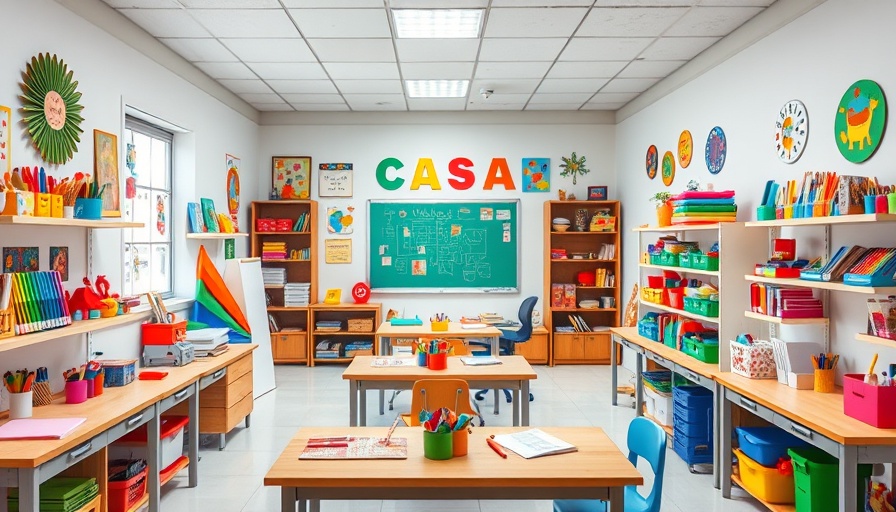
The Rise of Microschools: A Shift in Educational Paradigms
As modern families seek personalized education paths, microschools have surged in popularity across the United States, especially post-pandemic. With unique learning environments that prioritize small class sizes and customized curricula, these schools offer alternatives that many parents deem beneficial. For instance, the Mysa Microschool in Washington, D.C., founded by educator Siri Fiske, exemplifies this burgeoning trend. Fiske highlights how her school emerged without a widely recognized framework but has become a beacon for like-minded educators and families.
Microschools in a Legal Gray Zone: What Does It Mean for Families?
Despite their growing presence, microschools often navigate a complicated landscape of regulations. In states like Georgia and Texas, “Learning Rights Protection Acts” have been established to solidify microschools’ operational rights. However, in other regions, ambiguous policies leave families uncertain about how these schools will be governed. Importantly, the lack of a federal definition raises questions on oversight, especially regarding safety and academic standards, urging parents to examine local regulations carefully.
Challenges and Opportunities: Balancing Innovation with Accountability
With the rapid expansion of microschools, educators and policymakers are increasingly concerned about accountability and the impact on public education funding. Concerns loom that as more public money shifts toward these innovative education models, essential resources for traditional public schools might dwindle. As the microschool sector continues to evolve, states face the challenge of finding balance—encouraging innovation while ensuring all educational avenues are equitable and beneficial for students.
Future Trends: Where Are Microschools Headed?
The future for microschools may hinge on how effectively states define and regulate them. As interest in these alternative educational models grows, further legislative actions could emerge to clarify their role within the broader educational ecosystem. For families considering microschools as an option, understanding local regulations will be critical in making informed decisions about their children's education.
As the microschool movement gains traction, parents and educators alike must remain vigilant and informed. This innovative approach to schooling could redefine education for many, but it is vital to ensure that it serves all students equitably. Stay proactive, engage with local regulations, and explore community options to seize the potential benefits microschools can offer.
 Add Row
Add Row  Add
Add 




Write A Comment